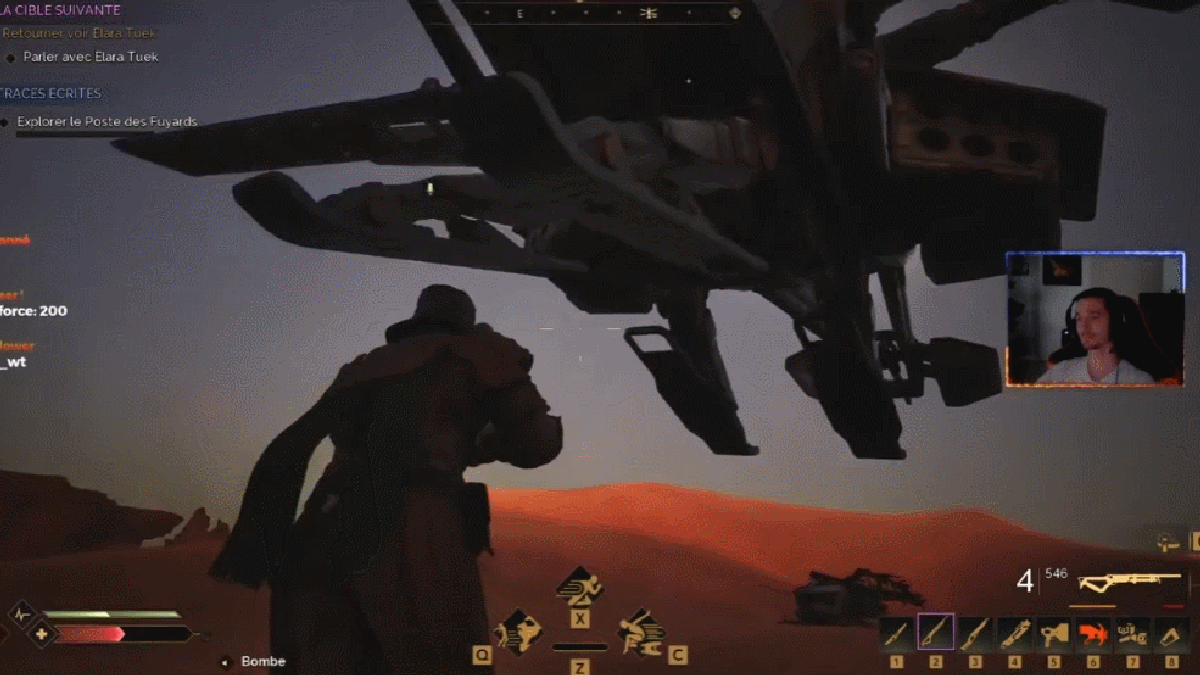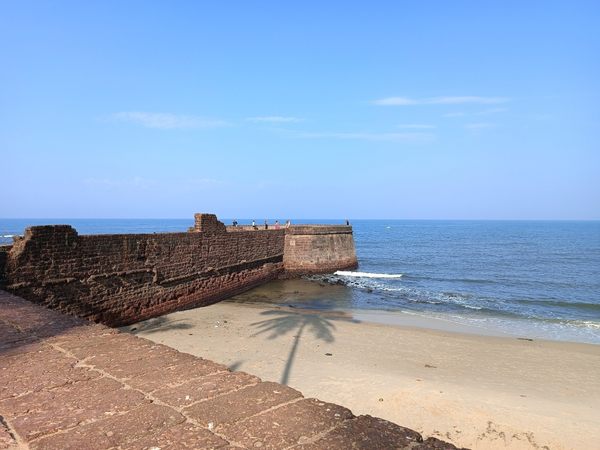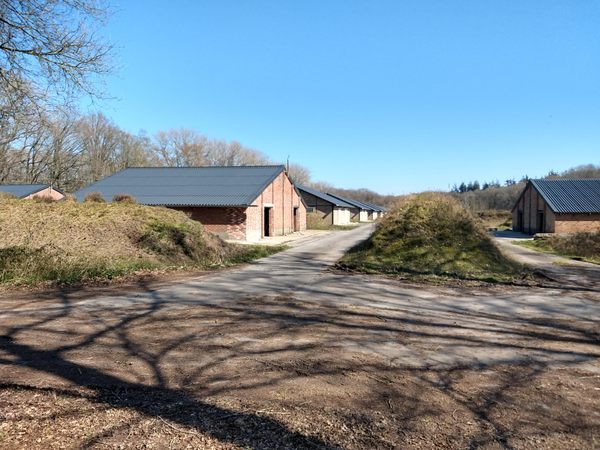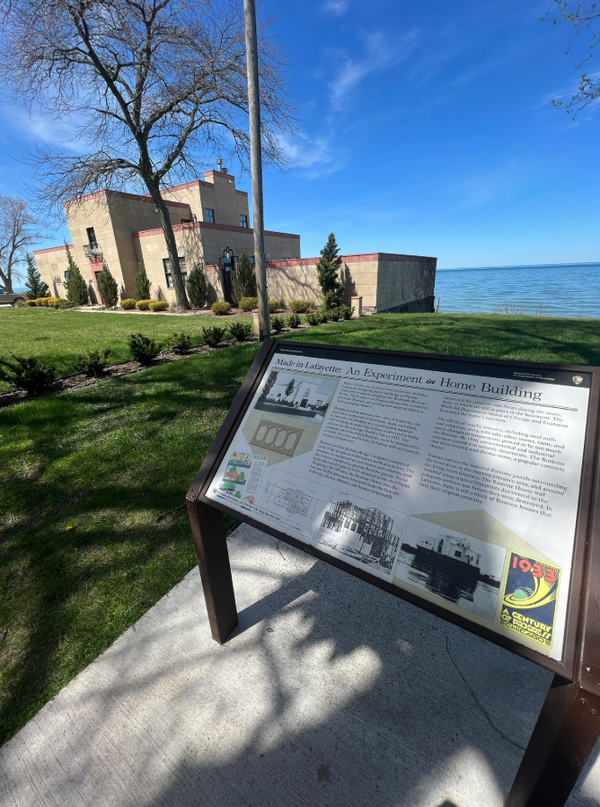World War I Firing Walls in Aldershot, England
Among the trees and trails of Wellesley Woodland in Aldershot, a town whose history deeply is tied to the British Army, stand the remnants of a World War I machine gun range. Aldershot had, by the dawn of the 20th century, transformed from a small village into the undisputed “Home of the British Army.” This transformation saw Aldershot become, by 1914, the largest army camp in the country, housing 20 percent of the entire British Army. These two brick walls, now surrounded by tranquil trees and public trails, recall the area’s former life as a Ministry of Defense site and provide a hint at the training completed by soldiers preparing for one of history’s deadliest wars. The precise origins of these walls remain shrouded in the mists of time and military confidentiality. However, the bricks themselves offer a clue, since they were produced by a company that closed in 1930, placing the wall’s construction before then, likely within the tumultuous years of World War I. While the western wall is a peppered face of bare brick, the eastern wall is reinforced with a 12.5mm thick iron plate, an indication of the escalating firepower and intensity of training exercises. Both the metal and the bricks bear the indelible scars of countless bullet holes, all that remains of the countless rounds that once echoed through this now peaceful woodland.


Among the trees and trails of Wellesley Woodland in Aldershot, a town whose history deeply is tied to the British Army, stand the remnants of a World War I machine gun range.
Aldershot had, by the dawn of the 20th century, transformed from a small village into the undisputed “Home of the British Army.” This transformation saw Aldershot become, by 1914, the largest army camp in the country, housing 20 percent of the entire British Army.
These two brick walls, now surrounded by tranquil trees and public trails, recall the area’s former life as a Ministry of Defense site and provide a hint at the training completed by soldiers preparing for one of history’s deadliest wars. The precise origins of these walls remain shrouded in the mists of time and military confidentiality. However, the bricks themselves offer a clue, since they were produced by a company that closed in 1930, placing the wall’s construction before then, likely within the tumultuous years of World War I.
While the western wall is a peppered face of bare brick, the eastern wall is reinforced with a 12.5mm thick iron plate, an indication of the escalating firepower and intensity of training exercises. Both the metal and the bricks bear the indelible scars of countless bullet holes, all that remains of the countless rounds that once echoed through this now peaceful woodland.

















































































































































































.jpg)














































































